The author takes time to study the quietness of the forest and the unique qualities of its inhabitants.
- story by James Inabinet, PhD
Winged blue jays were doing bird-things: eating muscadine berries, building nests in early spring, picking aphids off of stems, and singing songs. Wiggling earthworms were doing earthworm things: tunneling just below the surface of the ground, eating leaves, feeding armadillos, squirming when encountering ants or sunlight.
Hopping frogs were doing frog things: sitting on lily pads, hunting insects, swimming, calling for a mate, and feeding snakes. Crawling fence lizards were doing lizard things: running over the ground, hunting, slipping tongues in and out of their mouths, performing push-ups to show off blue underbellies, feeding birds, digging under leaf mats, and remaining motionless when the shadow of a bird passes over.
Rooted red maples were doing maple things: limbs reaching toward the sun, growing tall in moist bottomlands, flowering and seeding in mid-winter, and feeding squirrels. The initial goal of the investigations was simply to make careful and detailed observations of anything that captured my interest. In the goldenrod field, for instance, I sought the unique character of goldenrod so as to understand its process of becoming, to understand how it became what it is. Not a form frozen in time, goldenrod grows and becomes, changing every day. Through detailed observations I noted how goldenrod expressed itself: basal rosette of fuzzy green leaves, long straight stems, robust yellow fall flowers. In the beginning, all goldenrods looked the same. Over time, the more I looked, the more I began to notice variations. I noticed that goldenrods in the field were usually small in stature, but large in flower while those in the forest tended to be large in stature and small in flower. Further investigations revealed individual differences. No two goldenrods were alike. I was eventually able to detect particulars for each one, a unique and individual character–though detecting that individual character was often difficult. After many forays watching animals, I noticed that after an organism’s needs were met, she would often sit idly, perhaps resting in a protected nook. A coyote near the bayou with a rabbit once panted under the low-lying limbs of wax myrtles. A frog-fed copperhead curled up on the creek bank in the shade of titi limbs. Satiated towhees sat on limbs, either singing or resting quietly. A finch left a bush half-full of berries and never returned - unless she slipped in and out without my noticing. It seemed that nearly all of the organisms I chose for careful study rested when not hunting or hiding or escaping. With no dire call to incessantly hunt and store food, enough seemed to be enough. In these ways and myriad others, I noticed that the characteristics of each organism amalgamated into a unique expression. Deathcaps of the forest floor displayed a unique sense of fungusness unlike that of puffballs. The squirrels of the canopy displayed a unique sense of squirrelness, an identity unexpressed by any other organism. Water oaks displayed a sense of oakness unique to their kind, an expression that I became so familiar with that I could eventually distinguish water oaks from others by gazing at twilight silhouettes from far away. I called each organism’s manner of being its identity. Each organism in the forest possessed a unique identity, unique as species, unique as individuals. The primary inclination of each individual seemed to be to express its unique identity as individual in its forest home. I longed to find out what humanness must be like in my forest home. I longed to find out my identity, to find out what Jamesness must be like if it were to be fully realized. Comments are closed.
|
Categories
All
Archives
July 2024
|
Shoofly Magazine Partners
Our Shoofly Partners are local businesses and organizations who share our mission to enrich community life in Bay St. Louis, Waveland, Diamondhead and Pass Christian. These are limited in number to maximize visibility. Email us now to become a Shoofly Partner!

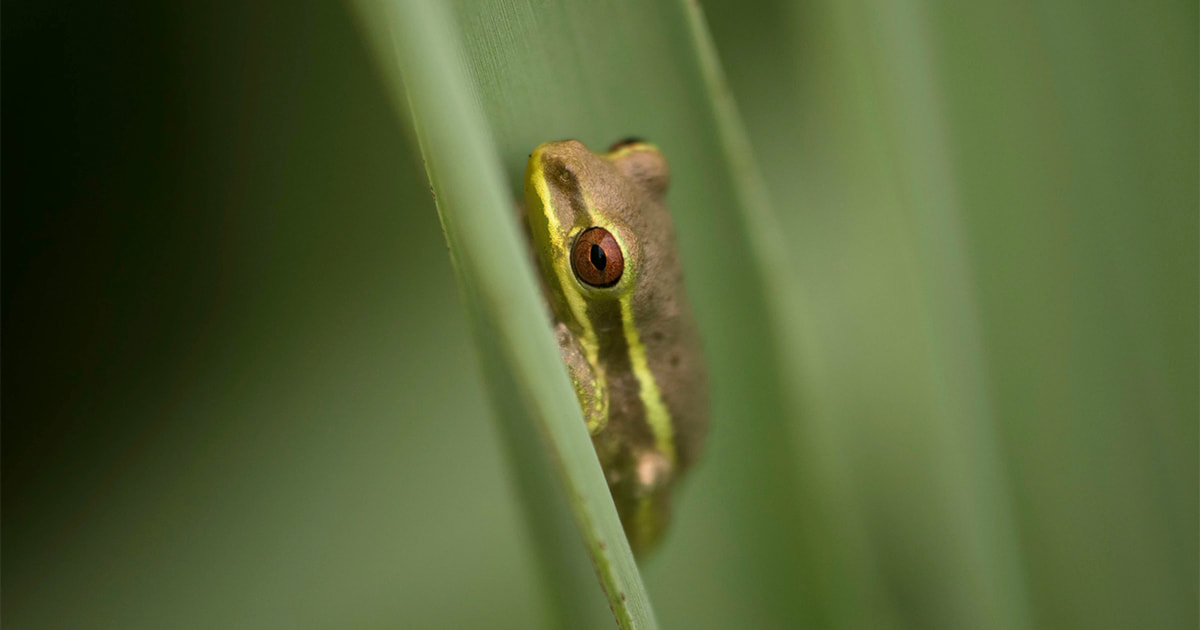

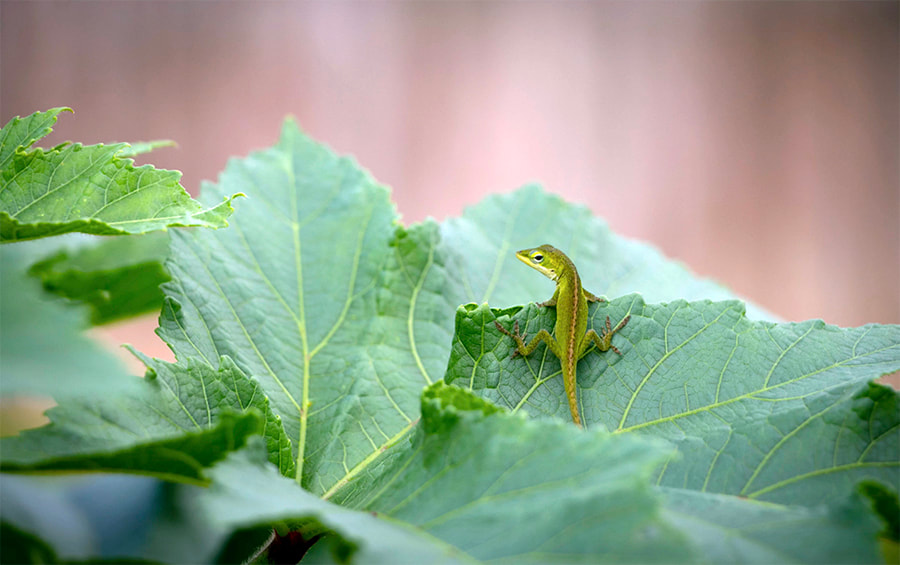
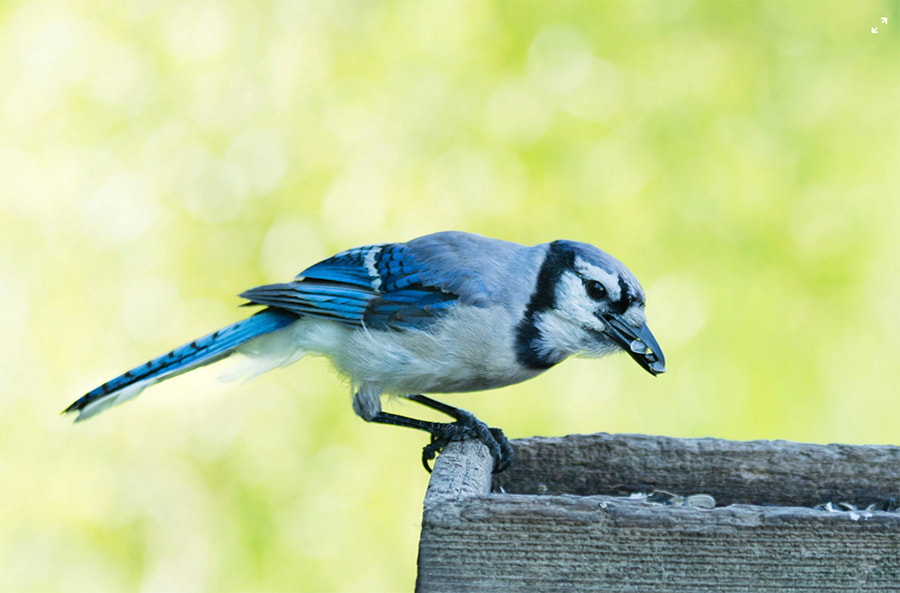
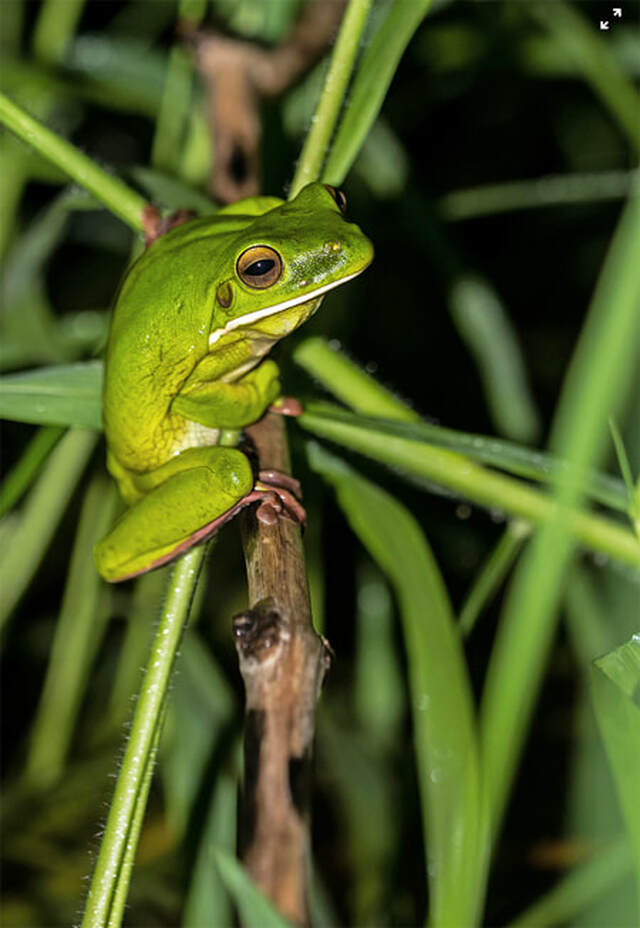
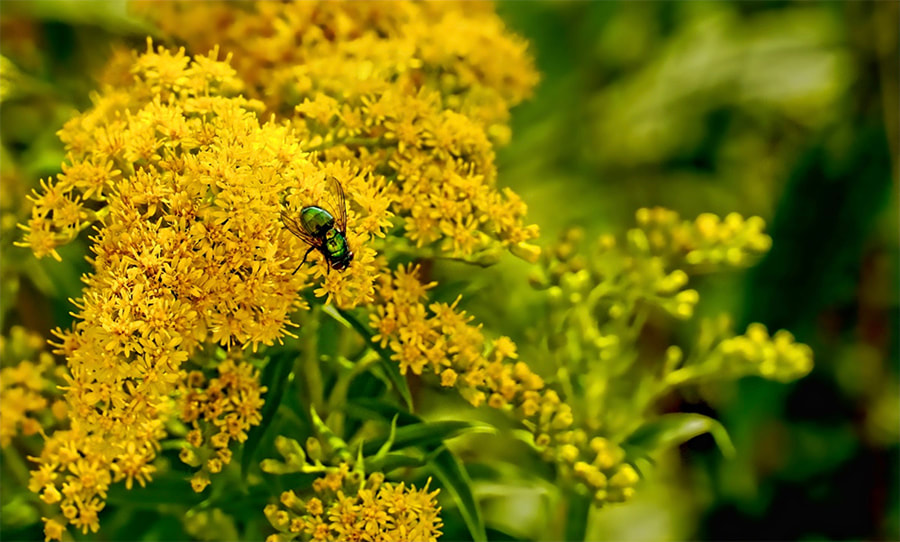
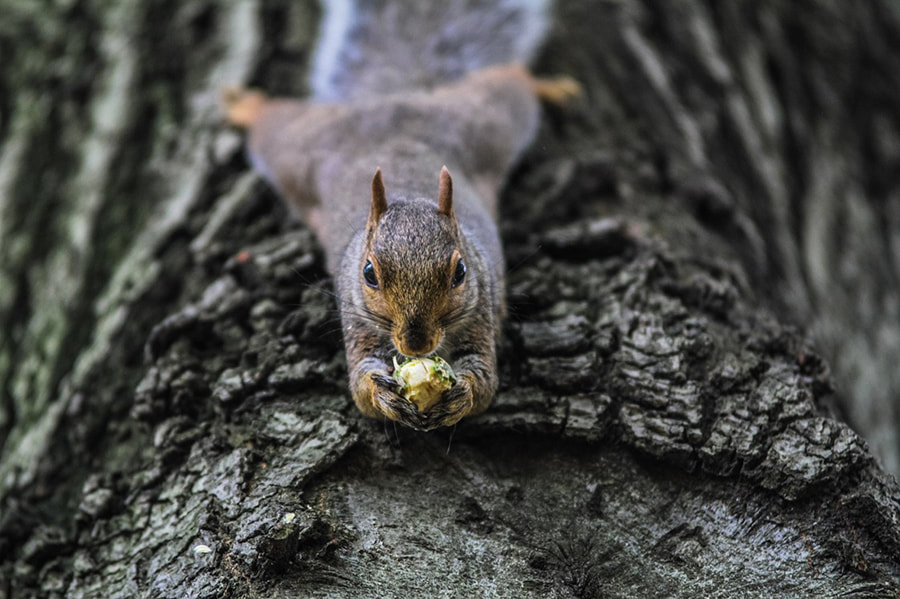

























 RSS Feed
RSS Feed























